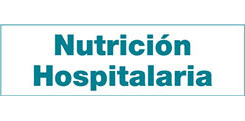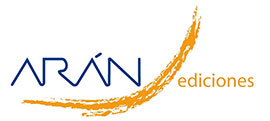Trabajo Original
Poor dietary intake and low nutritional knowledge in adolescent and adult competitive athletes: a warning to table tennis players
Dayane Argôlo, Josefa Borges, Andressa Cavalcante, Gilvana Silva, Sandra Maia, Ayrton Moraes, Marcus Nascimento
 Número de descargas:
31564
Número de descargas:
31564
 Número de visitas:
10641
Número de visitas:
10641
 Citas:
14
Citas:
14
Compártelo:
Introduction: an evaluation of an athlete’s dietary intake may help to understand the dietary inadequacies that are found in athletes and how other factors, such as nutritional knowledge and age, might also influence their food behavior.Objective: to evaluate and compare the dietary intake and the nutrition knowledge between adult and adolescent table tennis players.Method: forty-two competitive athletes (25 adolescents and 17 adults) responded to two non-consecutive 24-hour recalls and a validated nutritionalknowledge questionnaire. Numerical and categorical variables were compared between groups by using independent-sample Student’s t-tests and Pearson’s Chi-square test, respectively.Results: the adolescents showed lower intakes and higher inadequacies in the ingestion of micronutrients (p < 0.05). Most of the adolescents rated their dietary quality as excellent/good, while a higher prevalence of the adults rated their dietary quality as being poor/very poor (p < 0.05). The nutritional information sources that were most used by the adolescents and the adults were their parents and the internet, respectively. The between-group analyses showed that the adults had a higher nutrition knowledge than the adolescents (p < 0.05).Conclusions: the athletes showed poor dietary habits, low levels of nutritional knowledge, as well as the use of low quality nutritional information sources. The adolescents showed a higher prevalence of nutrient inadequacies, lower nutritional knowledge levels, as well as a worse self-perception of dietary quality than the adults.
Palabras Clave:
Artículos más populares
Revisión: Inteligencia artificial generativa ChatGPT en nutrición clínica: avances y desafíos
ChatGPT y otras herramientas de inteligencia artif...
Revisión: Suplementación con micronutrientes y sus beneficios: ¿por qué y cuándo?
Introducción: los micronutrientes participan en la...
-
Licencia creative commons: Open Access bajo la licencia Creative Commons 4.0 CC BY-NC-SA
https://creativecommons.org/licenses/by-nc-sa/4.0/legalcode




